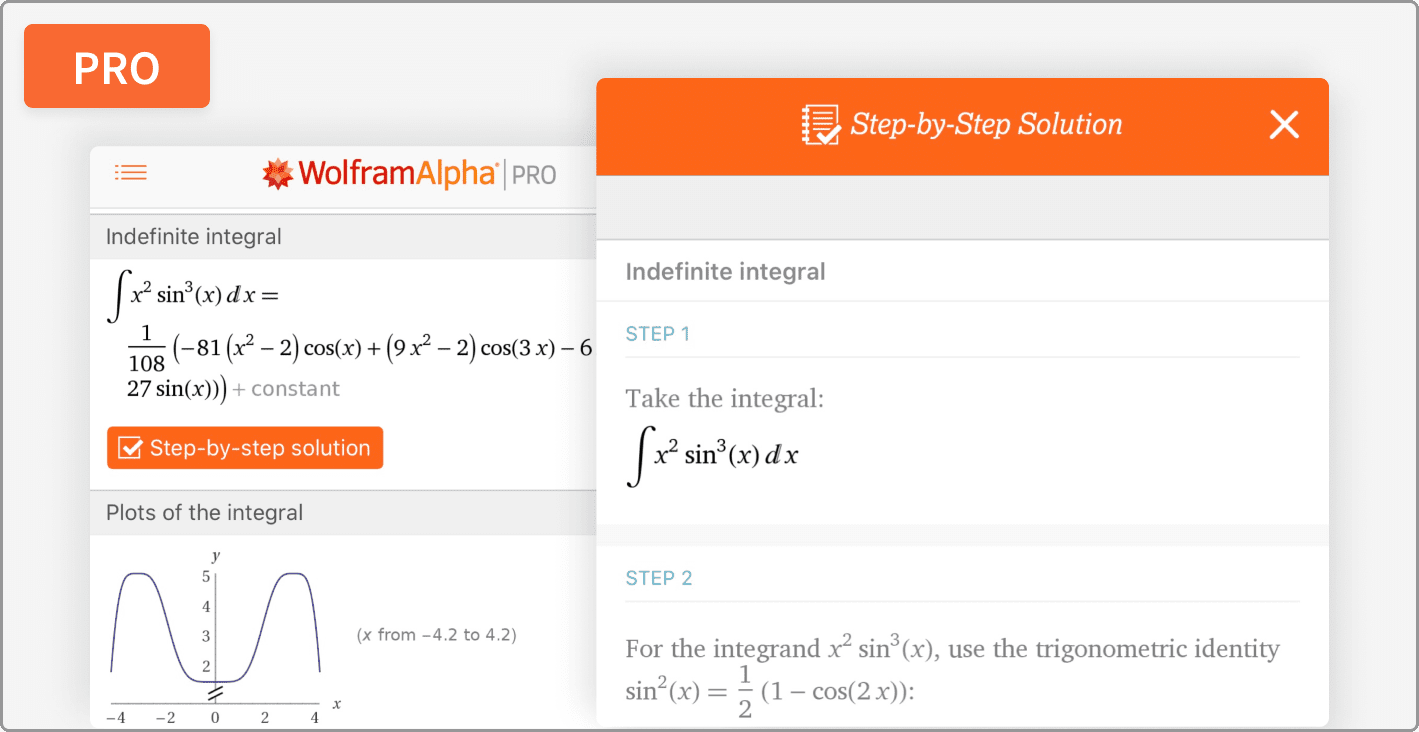In today’s digital communication landscape, the credibility of emails has emerged as a vital concern. Cybercriminals often use techniques like spoofing and phishing to impersonate legitimate domains, putting businesses at risk of damaging their reputation and eroding customer trust if their emails lack proper authentication. By employing Sender Policy Framework (SPF), organizations can verify that only designated servers are permitted to send emails on behalf of their domain, thereby minimizing the risk of fraudulent activities.
Nonetheless, having an SPF record alone is insufficient. Issues such as misconfigurations, outdated information, or surpassing DNS lookup limits can result in problems with email delivery and security vulnerabilities. This is where a sophisticated SPF checker for domain records becomes essential. It checks records in real time, identifies mistakes, and fine-tunes configurations, helping businesses uphold their sender credibility while enhancing email deliverability and security overall. Visit AutoSPF for more details.
Understanding SPF and Its Importance
What is SPF?
The Sender Policy Framework (SPF) serves as a method for authentication that enables domain owners to designate the mail servers permitted to send emails using their domain. This is accomplished by placing SPF records in the Domain Name System (DNS), which receiving mail servers consult when an email arrives. When the sending server aligns with the list of authorized servers, the email is deemed valid; if it does not, it could be marked as suspicious or denied.
Why SPF Matters for Sender Credibility
If your SPF record is either incorrectly set up or absent, your domain becomes susceptible to email spoofing. This allows cybercriminals to impersonate your domain and dispatch harmful emails, which can harm your reputation and diminish trust with your audience. Properly configuring and regularly updating SPF records enables businesses to authenticate their ownership of sending domains, fostering trust and credibility with every email sent.
Role of SPF Checker in Email Security
- Detecting Misconfigurations: Even small errors in SPF syntax, like unnecessary spaces or wrong IP addresses, can lead to email authentication failures. Sophisticated SPF validators quickly pinpoint these issues, guaranteeing that the records operate correctly.
- Preventing Spoofing Attacks: SPF checkers minimize the chances of domain spoofing by confirming which servers are authorized to send emails. This layer of protection enhances the overall security of the email environment and helps preserve the reputation of brands.
- Enhancing Deliverability: ISPs and email servers frequently employ SPF validation to enhance their spam filtering systems. Messages that have correctly validated SPF records are more prone to being delivered to the inbox instead of being directed to spam folders.
Features of Advanced SPF Checkers
- Real-Time Record Validation: Sophisticated SPF validators provide immediate verification of domain records, guaranteeing that all email servers or services integrated into your system are properly set up and permitted.
- Syntax and Error Detection: They check for formatting mistakes, absent qualifiers, and extraneous elements that might undermine SPF effectiveness. Proper syntax guarantees optimal performance of the record.
- Flattening and Optimization: Numerous SPF records go beyond the DNS lookup cap of 10, potentially leading to errors. Sophisticated validation tools offer flattening features that reduce the number of lookups needed, ensuring that records remain streamlined.
- DNS Propagation Monitoring: Once modifications are implemented, there is a delay before DNS updates are reflected globally. Sophisticated SPF validators track this progression, ensuring that your revised records are active and operational across the globe.
- Integration with Other Authentication Protocols: Contemporary SPF validators typically operate in conjunction with DKIM (DomainKeys Identified Mail) and DMARC (Domain-based Message Authentication, Reporting & Conformance). This collaboration establishes a robust security system that ensures thorough email authentication.
Enhancing Sender Credibility with SPF Checker
Building Trust with Recipients
When recipients frequently receive reliable, verified emails from your domain, they inherently perceive your brand as safe and dependable. This impression enhances their trust in your messages and boosts your credibility. As time goes on, this sense of security cultivates deeper relationships with customers and encourages lasting loyalty. In the end, it significantly contributes to enhancing and improving your brand’s overall reputation.
Improving Business Communication
Emails that do not pass SPF checks frequently get returned or land in spam folders, interrupting essential communication. To prevent these problems and ensure reliable delivery, businesses should utilize an SPF checker to confirm correct configuration. This guarantees that vital messages consistently reach clients, partners, and stakeholders promptly. Consequently, communication becomes more efficient, enhancing professional relationships.
Demonstrating Compliance
Numerous sectors are governed by stringent regulations aimed at securing digital communications and safeguarding confidential information. To comply with these standards, it is essential to keep an up-to-date SPF record, which should be routinely checked using a sophisticated verification tool.
This practice not only helps organizations avoid possible fines but also showcases their dedication to security. Consequently, it builds confidence among customers, partners, and regulatory bodies.
Practical Use Cases of SPF Checker
For Marketing Campaigns
The effectiveness of email marketing campaigns largely relies on their ability to be delivered successfully to the target audience. Implementing a sophisticated SPF checker allows companies to verify that mass emails dispatched via services such as Mailchimp or SendGrid are correctly authenticated. This minimizes the chances of emails being marked as spam or diverted to junk folders. Consequently, this leads to improved visibility, interaction, and overall effectiveness of marketing initiatives.

For Enterprise Communication
Big companies often depend on numerous servers and external services for managing their email communications. In these intricate setups, SPF checkers are essential as they accurately verify each source that sends emails. This verification process reduces the likelihood of mistakes or misconfigurations that might interfere with email authentication. As a result, it promotes more efficient operations, enhanced security, and dependable message delivery throughout the organization.
For Small Businesses
Many small companies lack specialized IT staff, making them more susceptible to errors when configuring SPF records. In these situations, SPF checkers provide an accessible and effective way to ensure accuracy. These tools quickly assess records and identify potential problems that might otherwise be overlooked. Consequently, businesses can protect their email systems without requiring extensive technical knowledge.
Best Practices for Using SPF Checker
- Keep SPF Records Updated: Make sure to frequently refresh your SPF records whenever you add or eliminate email services. An old record might prevent valid emails from being delivered or permit unauthorized messages to get through.
- Monitor Reports and Alerts: Sophisticated SPF validation tools typically generate comprehensive reports and notifications. Regularly examining these reports can aid in identifying any irregular activities or unapproved email origins.
- Combine SPF with DKIM and DMARC: Relying solely on SPF won’t eliminate all risks associated with email threats. By integrating SPF with DKIM and DMARC, you create a more robust email security strategy. Tools that offer SPF verification alongside these protocols facilitate a smooth implementation.
- Avoid Excessive DNS Lookups: SPF records that exceed 10 DNS lookups may not function properly. Utilize checkers to streamline and consolidate these records, minimizing excess queries.
Common Mistakes Avoided with SPF Checker
Missing IP Addresses
One frequent error when configuring SPF is failing to include valid sending IP addresses, which can result in issues with email delivery. SPF validation tools can pinpoint these omissions, making sure that all approved sources are accounted for. This helps avoid situations where emails are either rejected or categorized as spam. By resolving these problems, businesses can ensure consistent and secure communication.
Overuse of “+all” Mechanism
Certain administrators mistakenly implement “+all” in their SPF records for easier configuration. However, this approach permits any server to send emails for the domain, which defeats the intended function of SPF. Advanced SPF validation tools identify this mistake and mark it as a serious error. Fixing this issue restricts email sending to only those servers that are authorized, thereby protecting the domain’s reputation and enhancing email security.

Ignoring Subdomains
Numerous organizations focus exclusively on their main domain, often neglecting subdomains, which can lead to security vulnerabilities. SPF checkers assess whether all variations of a domain are adequately secured. This safeguards against unauthorized access and reduces the risk of exploitation by attackers. Achieving comprehensive protection enhances email security and bolsters the credibility of the domain.
Future of SPF Checkers in Email Security
AI-Powered Analysis
Recent SPF checkers are leveraging artificial intelligence to examine patterns in domain usage and propose the best configurations for records. This forward-looking method aids in avoiding mistakes and guarantees effective email authentication. Recommendations powered by AI streamline management processes and improve the security of domains as a whole.
Automated Record Management
Automation is set to enhance the ease of managing SPF by automatically identifying alterations in an organization’s email setup. It adjusts SPF records in real time, which lessens the need for manual intervention and lowers the likelihood of mistakes. As a result, this guarantees that records are precise and that email authentication remains dependable at all times.
Unified Email Security Platforms
SPF checkers are anticipated to become increasingly vital within unified email security systems. They will function in conjunction with sophisticated monitoring, threat identification, and compliance solutions to deliver thorough protection. This integration not only strengthens overall email security but also streamlines the management of authentication procedures.








